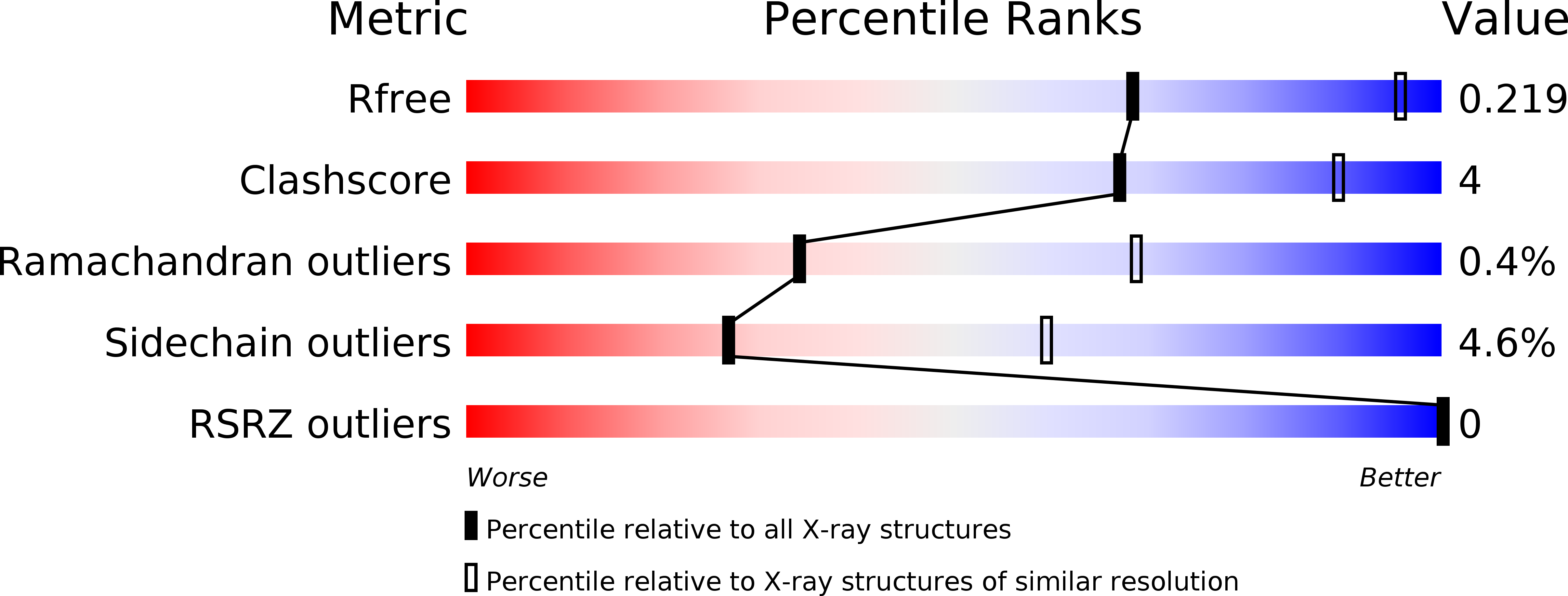
Deposition Date
2015-01-06
Release Date
2015-08-05
Last Version Date
2024-05-08
Entry Detail
PDB ID:
4XI9
Keywords:
Title:
Human OGT in complex with UDP-5S-GlcNAc and substrate peptide (RBL2)
Biological Source:
Source Organism:
Homo sapiens (Taxon ID: 9606)
Host Organism:
Method Details:
Experimental Method:
Resolution:
3.10 Å
R-Value Free:
0.22
R-Value Work:
0.20
R-Value Observed:
0.20
Space Group:
P 3 2 1


